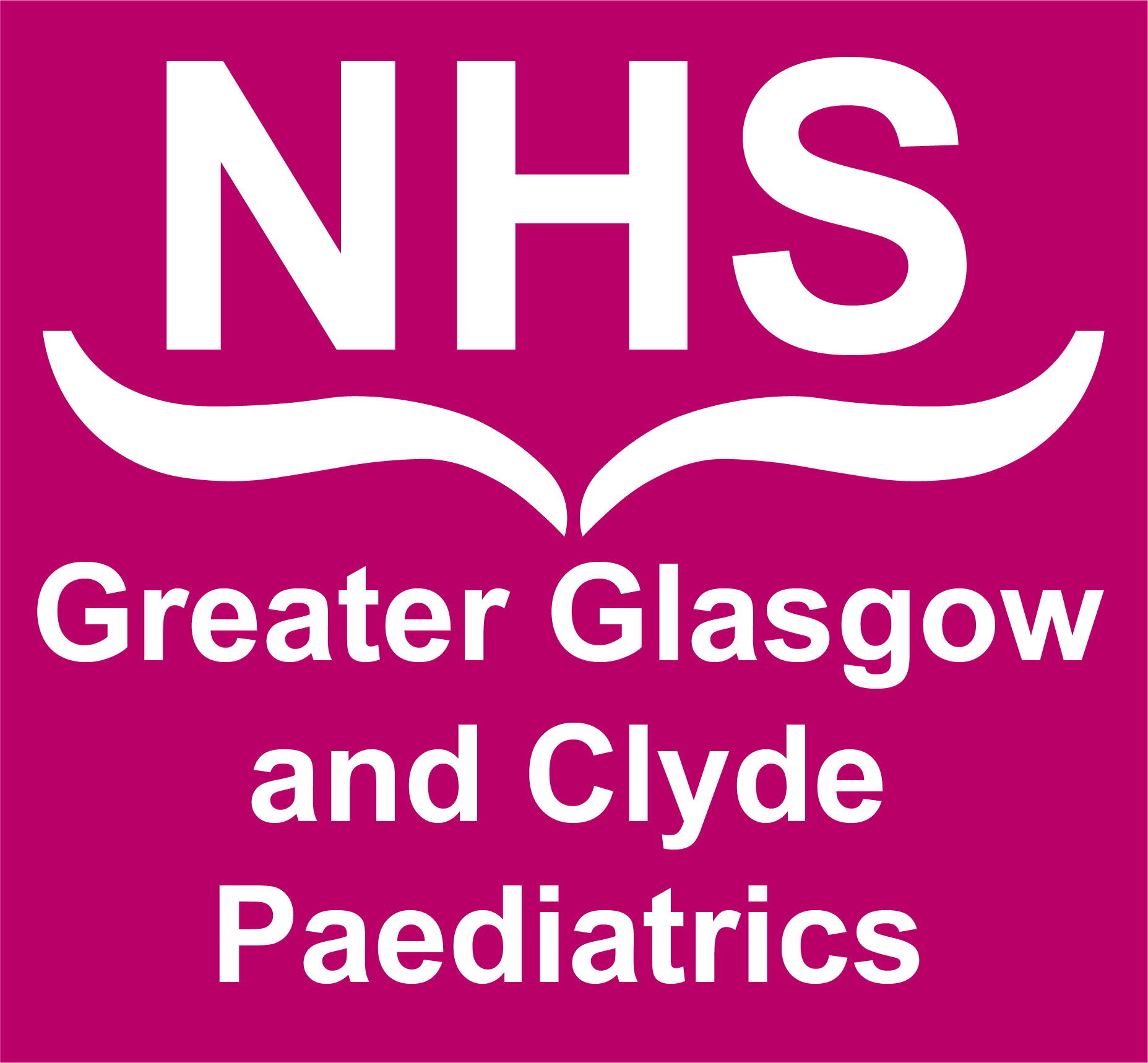The administration of an Intramuscular dose of Vitamin K (phytomenadione) is recommended for all babies born in the West of Scotland. It should be administered soon after birth. This is a ONCE ONLY dose. The dose is:-
- 1mg phytomenadione (0.1ml) IM for term infants (36 weeks gestation or greater).
A lower dose is recommended for infants < 36 weeks gestation. Two dosage regimes are in use in neonatal units in the West of Scotland. The former is the recommended dose in GG&C
- 0.5mg phytomenadione (0.05ml) IM for all preterm infants less than 36weeks.
OR
- 400 micrograms/kg (0.04 ml/kg) IM.
NB - A 1ml syringe must be used due to the very small volume for injection
If intramuscular injections are contraindicated (e.g. babies with inherited disorders of coagulation or babies with very low muscle mass) then vitamin K may be prescribed via the oral route or by intravenous injection if the enteral route is contraindicated or unreliable. See below.
